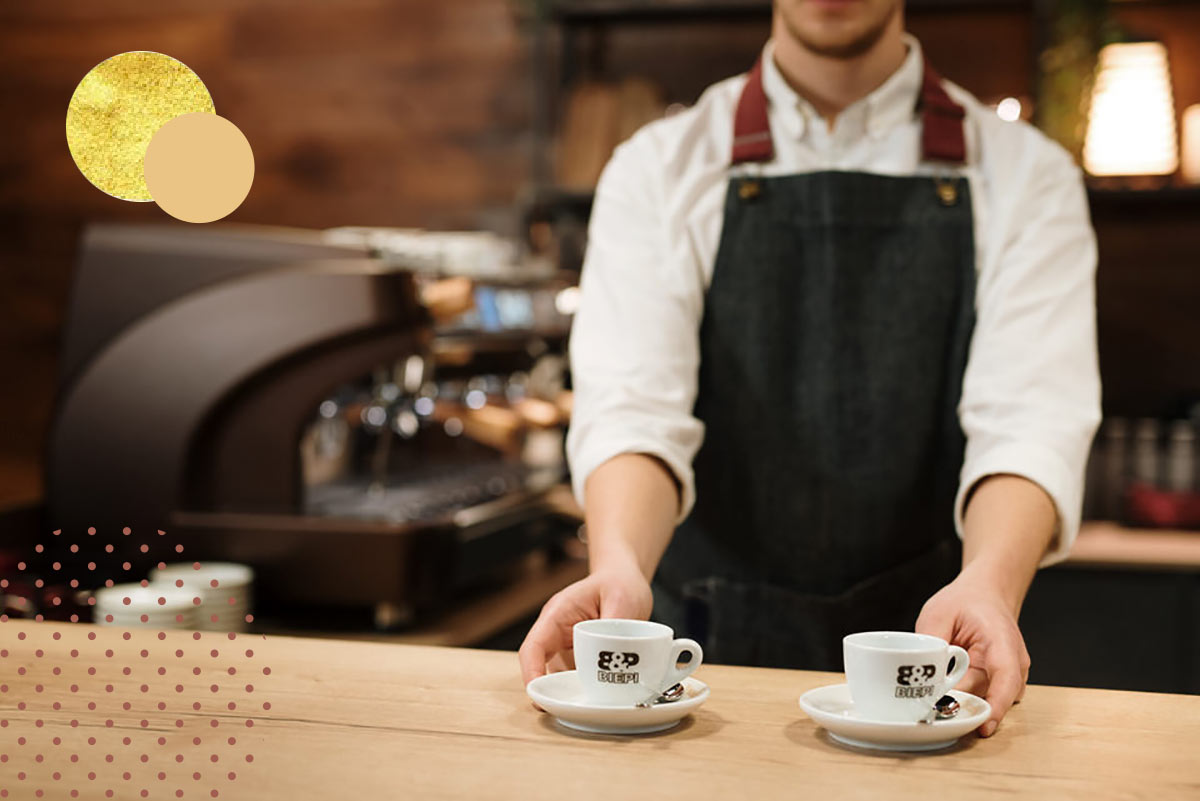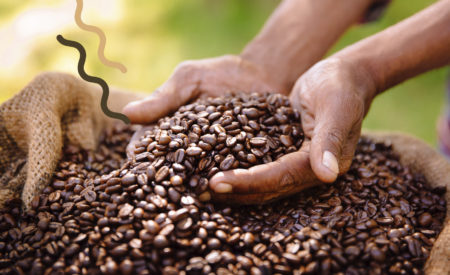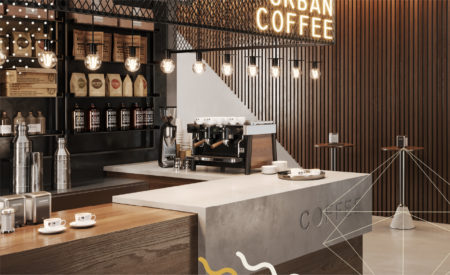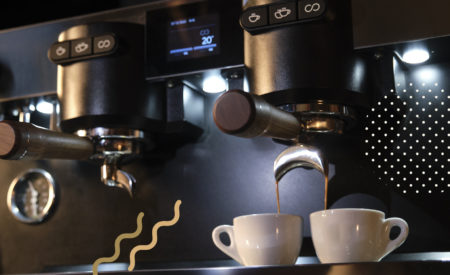Do you often feel like an alchemist when preparing coffee? We get it, it’s not the easiest thing to do, especially when it comes to espresso coffee beans.
It can be frustrating after you invest in a coffee machine not to achieve the flavor you want for you coffee. So here are three steps you can take to avoid that.

Step 1: Know your coffee varieties
While there are many coffee species – over 100 in fact – most of them fall into two main varietals, Arabica and Robusta.
Arabica coffee contains less caffeine than the Robusta variety, about 0.7-1.5 % and its flavor is sweeter and more delicate. Arabica beans do best at altitudes of 3,000 to 6,500 feet (900 to 2,000 meters) and typically the higher the altitude the finer the crop. The shrubs require very careful cultivation and need a soil rich in minerals, as a result, it’s very expensive to grow this variety and prices are higher than other coffee types.
Robusta coffee can be grown at lower altitudes and the plant is more resistant than the Arabica variety, it also contains more caffeine (1.7-3.5%). A cup of Robusta coffee is bitter, with earthy, wood and leather notes.

Step 2: Be clear about the coffee roast you need
The variety you pick won’t even matter if the beans aren’t roasted properly. In fact, roasting has a significant impact on the flavor, aroma, and color of coffee. Usually, dark-roasted coffee with low acidity and big body is the preferred choice for espresso.
But how can you even tell if the roasted coffee you purchased is good quality?
-
- Color: raw beans tend to be lighter in color, burnt ones tend to be black.
- Taste: under-roasted beans are grassy and sour, while over-roasted beans are bitter, smoky, and unpleasant.
- Glossy appearance: good roasting brings out the oil-like substances contained in the beans, giving the beans such an appearance.
- Residue: roasted beans should stain your hands when you hold them.
In addition to this, don’t overlook the label on your bag of roasted coffee, it should specify the composition and provenance, if neither are present it can be an indicator of low quality.
It’s also important that you don’t open the bag before 7 days from roasting, while the coffee inside should be used up within 1-2 weeks.

Step 3: Choose between single origin or blend
The last thing you need to consider is whether to opt for single origin or a blend.
Single origin is a bean that comes from one specific country whereas a blend contains beans from different places.
Picking one over the other really comes down to your patrons’ preferences and the type of service you want to offer at your cafe. If your customers prefer a strong coffee you could pick Robusta, while 100% Arabica could be better if they prefer fruity notes, either single origin or a blend. Arabica and single origin could be a great choice for a barista that prefers to spend time explaining the beverage to the customer, cafes that have a high turnover of customers may need a 70/30 blend instead.





